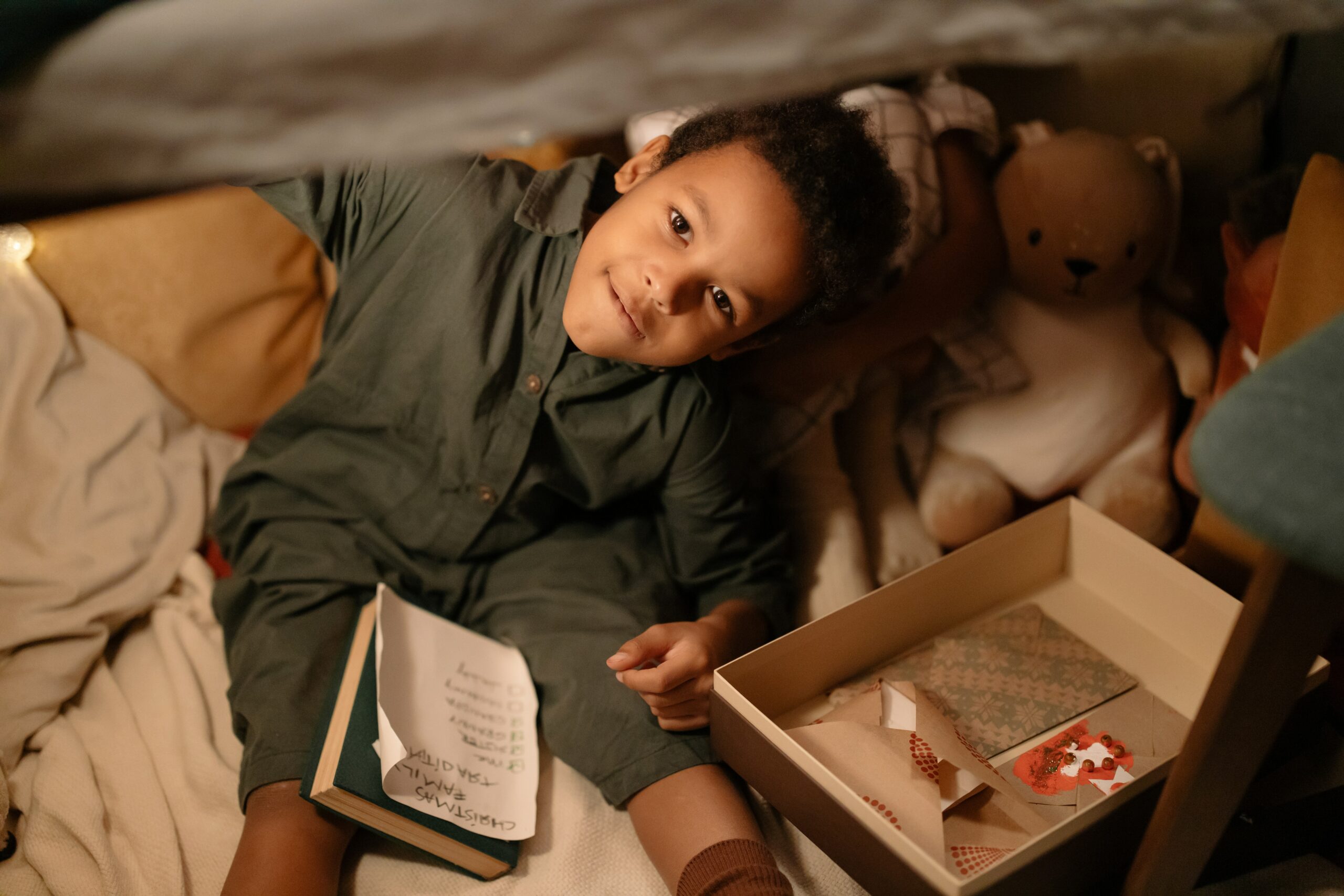Serious play-sounds like an oxymoron, doesn’t it? The truth is, when it comes to children, we may not think about the importance of play because it seems intrinsic within the life of a child. As adults, we tend to lose sight of maintaining the space for play as our children grow. We forget that what comes naturally to a child-exploring their word through play-is the very thing that needs to be protected and encouraged as other priorities encroach.
Lev Vygotsky (1896–1934), the Russian psychologist to whom early play theory is credited, said, “In play a child always behaves beyond his average age, above his daily behavior. In play it is as though he were a head taller than himself.”
The benefits of play are endless, and build on each other exponentially. When your child shifts their lens into looking at the world through play, it awakens their curiosity. Play opportunities, whether they are structured games or are free-play initiated by your child, nurture feelings of satisfaction and joy. As they anticipate a play situation and fully engage in the activity, children experience excitement in that expectation, and glee as they dive into the fun. More importantly, when your child is in an interactive setting with other children, play allows them to build empathy and understanding for others when interacting in this non-threatening way. Through play, the uncomfortable feelings that a competitive situation can bring forth come to be experienced as creative opportunities. When engaged in play, children learn how they personally react to those feelings, and learn how to navigate and compromise. Play provides opportunities to observe how others work through a challenge, helps build stamina, and helps children embrace increasingly more challenging scenarios as they build confidence.
To incorporate learning through play within the school day, create opportunities for your child to experience the continuum of play. For younger children, providing interactive materials allows them to experiment on their own. Introduce “what if” and “I wonder” questions built around the concept you are teaching as students develop more sophisticated ways of thinking. Advanced learners will welcome open-ended challenges tied to real-world situations that they can play through as they create prototypes to answer a problem.
As important as play is to the development of the whole child, it’s truly easy to incorporate. Here are some simple examples of ways to provide delight, anticipation, satisfaction, and problem-solving stamina into your child’s day:
- Create opportunities for Experimentation
- Make colored rice or use bags of dried beans; place in a large flat container such as a sand tray. Young learners can experiment with filling various sized containers or building make-believe roads or mazes. “Playing with” volume, weights, and measures are easy and tangible math lessons in those areas for older learners. More advanced learners can illustrate charts, graphs, or maps using these tactile materials.
- Create opportunities for Reflection
- Helping your child recognize what she likes and what makes her feel successful is quite important. This happens through opportunities for reflection. All ages should be encouraged to have conversations about which activities they found delightful or those they found challenging yet fulfilling. Building in a fun way to express preferences and recording them is a different way to process the activity. This can be done with sticky dots with smiley faces on them for non-writers or non-verbal children, or simply keeping a play journal where students record through pictures or writing the playful things they did that meant the most.
- Create opportunities for Creativity
- “Toys” that are easily available lend themselves to spontaneous opportunities to build creativity through play. Empty boxes and paper towel tubes lend themselves to free building, or for older students, solving a building challenge of some sort. This can be extended as students become more sophisticated in their learning, by introducing restraints that they must navigate in order to build the structure. Clay can take any form and suits multiple ages. For outdoor play, save larger branches and rocks as “loose parts” for children to use in building. Also, don’t discount how the text of a non-fiction book can be utilized for play. Ask your older student to create a new character, and then fit the character into the existing storyline. How does the new character interact with the other characters? How do they explain their appearance in the storyline? There are so many things that can be done to help students “play” with the idea of change in creative ways.
When looking for a support to your curriculum to help you build play into your child’s day, consider looking for one that builds in experimentation, reflection, and creativity. KneoWorld is a strong contender. The KneoWorld platform provides an immersive, story-based learning experience that helps your child progress in critical thinking through activities that feel like play. Engaging illustrations ignite curiosity as your child interacts with dynamic and diverse characters. Students build social-emotional skills as they work alongside the characters to solve problems. As your child progresses through standards-aligned challenges, they’re given opportunities to reflect on their experiences, and exercise their learning through games and logic puzzles. KneoWorld provides you with the peace of mind to know exactly how your child is progressing, because you have access to your child’s play results. Adding the KneoWorld platform to your existing curriculum provides another avenue to ensure that your child is getting opportunities to play every day.
About the Author
As a highly accomplished and experienced professional, Dr. Lisa Thompson brings a wealth of knowledge and expertise to her work. With a Ph.D. in Education and over 20 years of experience in the field, Dr. Thompson is a recognized leader in the areas of curriculum development, assessment, and educational technology. Her dedication to empowering students and educators is evident in her work, which spans across academic, corporate, and government sectors. Through her leadership and commitment to excellence, Dr. Thompson has established herself as a trusted advisor and sought-after speaker in the education industry.


